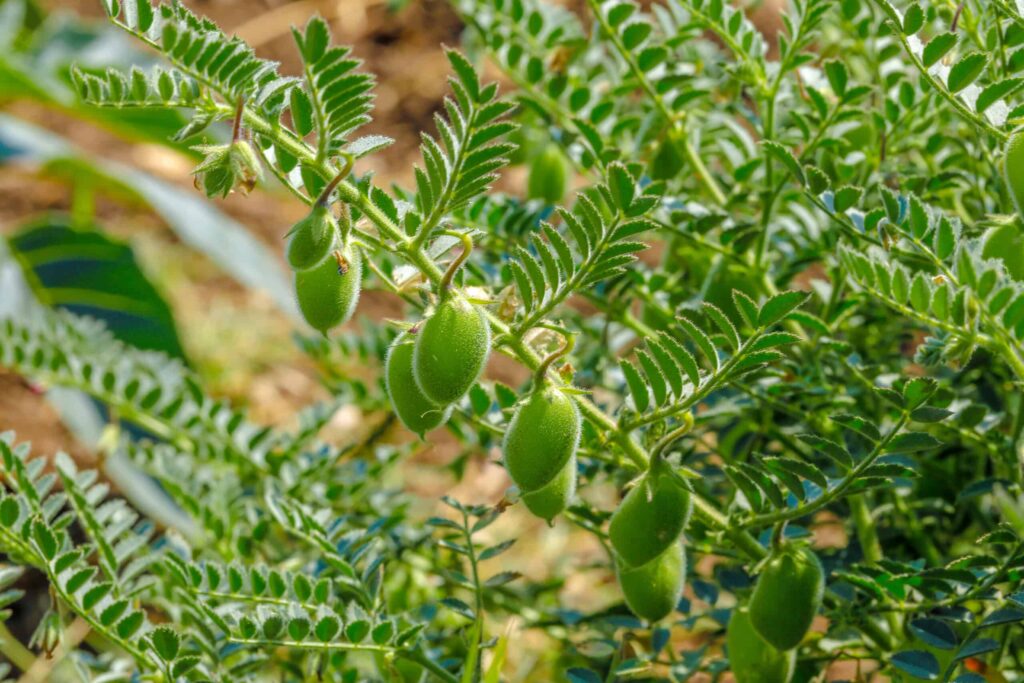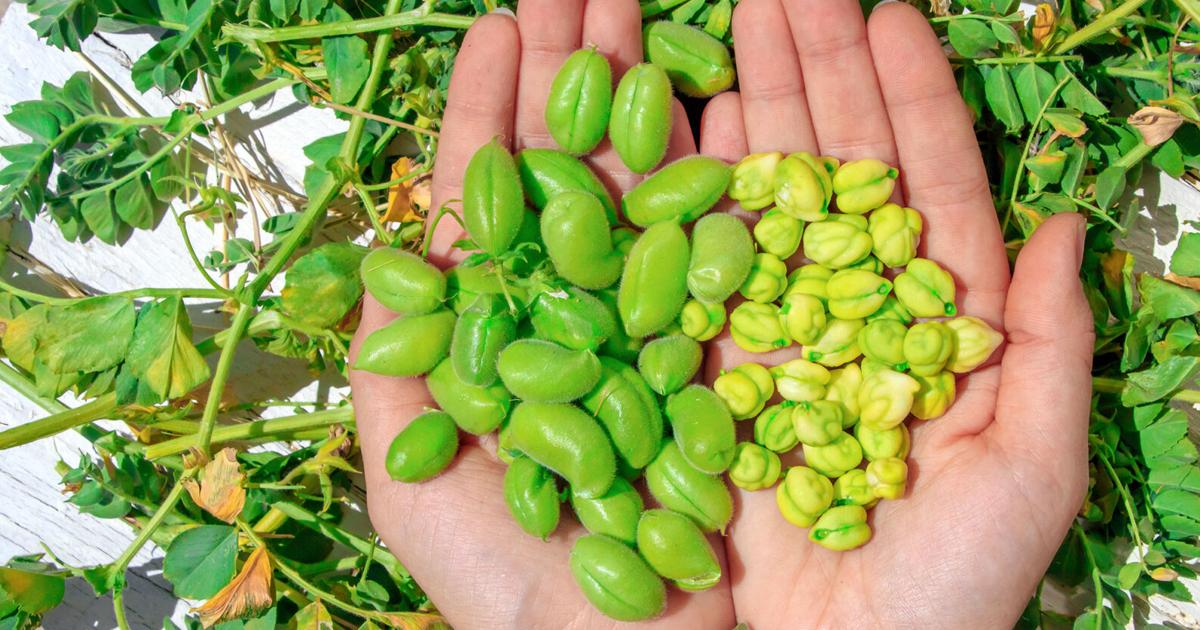Introduction
Chickpeas, also known as garbanzo beans, are nutrient-rich legumes that have been cultivated for thousands of years. Whether you’re a farmer looking to diversify your crops or a home gardener interested in sustainable food options, chickpea cultivation offers an exciting opportunity.

Why Cultivate Chickpeas?
Health Benefits
Chickpeas are packed with protein, fiber, and essential nutrients like iron and magnesium. They’re a fantastic addition to any diet, promoting heart health and aiding digestion.
Economic Value
Beyond their nutritional value, chickpeas have significant economic value. With the increasing demand for plant-based protein sources, cultivating chickpeas can be a profitable venture.
Choosing the Right Variety
Desirable Traits
Selecting the right chickpea variety is crucial for successful cultivation. Look for varieties that are disease-resistant, high-yielding, and well-suited to your climate.
Climate Considerations
Chickpeas thrive in temperate climates with well-drained soil. Ensure your chosen variety is suitable for your region’s temperature and rainfall patterns.
Soil Preparation
Soil Testing
Before planting, conduct a soil test to assess nutrient levels and pH. This information will guide your soil amendment strategies.
Soil Amendments
Based on your soil test results, amend the soil with organic matter like compost or aged manure to improve fertility and structure.
Planting Chickpeas
Timing
Plant chickpeas after the last frost when soil temperatures reach at least 60°F (15°C). This usually falls in late spring or early summer.
Spacing
Sow chickpea seeds 2-3 inches apart in rows spaced about 18-24 inches apart. Ensure seeds are planted at a depth of 1-2 inches.
Watering Techniques
Irrigation Methods
Drip irrigation or soaker hoses are ideal for chickpeas, delivering water directly to the root zone while minimizing evaporation.
Frequency
Water chickpeas consistently, aiming to keep the soil evenly moist but not waterlogged. Monitor rainfall and adjust your watering schedule accordingly.
Fertilization
Organic vs. Synthetic Fertilizers
Consider using organic fertilizers like compost or fish emulsion to nourish your chickpeas without harmful chemicals.
Application Rates
Apply fertilizer at the recommended rates, typically before planting and during the flowering stage, to support healthy growth.
Pest and Disease Management
Common Pests
Watch out for pests like aphids, cutworms, and beetles. Regular scouting and early intervention can prevent infestations.
Disease Prevention
Practice crop rotation and avoid overhead watering to minimize the risk of fungal diseases like root rot and powdery mildew.
Weed Control
Manual Methods
Regularly hand-weeding around chickpea plants can help control weeds without the use of herbicides.
Herbicides
If manual weeding isn’t feasible, consider using pre-emergent herbicides labeled for chickpea cultivation.
Support Systems
Trellising
Some chickpea varieties benefit from trellising to support vines and improve air circulation.
Staking
For bushier varieties, staking individual plants can help prevent lodging and improve yield.
Harvesting Chickpeas
Signs of Readiness
Chickpeas are ready for harvest when the pods turn brown and begin to dry on the plant.
Harvesting Methods
Carefully hand-pick mature pods to avoid damaging the plants. Alternatively, you can cut the entire plant and hang it to dry.
Post-Harvest Practices
Drying
Spread harvested chickpeas in a single layer to dry completely before storage. This prevents mold and extends shelf life.
Storage
Store dried chickpeas in a cool, dry place in airtight containers to maintain freshness.
Benefits of Crop Rotation
Soil Health
Rotating chickpeas with other crops helps break pest and disease cycles, improving overall soil health.
Pest Control
Different crops attract different pests. By rotating crops, you can naturally control pest populations.
Challenges in Chickpea Cultivation
Environmental Factors
Chickpeas are sensitive to extreme temperatures and moisture levels. Monitoring weather conditions is crucial for successful cultivation.
Market Fluctuations
Like any crop, chickpea prices can fluctuate based on demand and supply. Diversifying your crops can help mitigate financial risks.
Conclusion
Cultivating chickpeas can be a rewarding experience, both nutritionally and economically. By following these cultivation techniques, you can grow healthy, high-yielding chickpea crops while enhancing soil fertility and sustainability on your farm or garden.
FAQs
1. Can I grow chickpeas in containers?
Absolutely! Choose compact or bush-type chickpea varieties and ensure containers have adequate drainage.
2. How long does it take for chickpeas to mature?
Chickpeas typically take 90-100 days to mature from planting to harvest.
3. Are chickpeas easy to grow for beginners?
Yes, chickpeas are relatively easy to grow, making them a great option for beginners.
4. Can I save seeds from my chickpea harvest?
Yes, you can save seeds from mature chickpea pods for planting in the next growing season.
5. Are chickpeas susceptible to any diseases?
While chickpeas can be affected by fungal diseases like root rot and powdery mildew, practicing good cultural practices can help minimize these risks.
